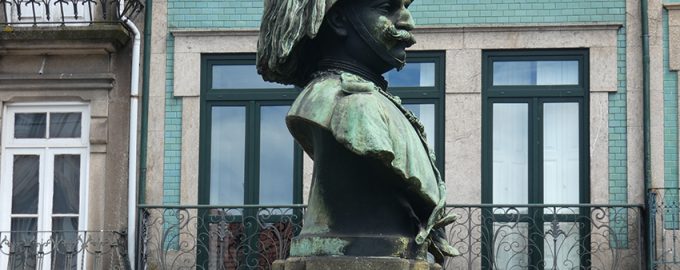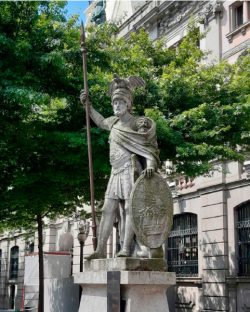 In the very central Praça da Liberdade, more precisely at the confluence with Rua Dr. Artur de Magalhães Basto next to the Banco de Portugal Building, a statue is installed, nowadays seen drawn and photographed not only by the thousands of people who visit us, but equally by so many locals in their routine passages, and who represents a warrior.
In the very central Praça da Liberdade, more precisely at the confluence with Rua Dr. Artur de Magalhães Basto next to the Banco de Portugal Building, a statue is installed, nowadays seen drawn and photographed not only by the thousands of people who visit us, but equally by so many locals in their routine passages, and who represents a warrior.
It has a number of peculiarities that in itself arouse some interest.
From the very beginning, the fact that it is possibly the one that most ‘strolled’ through the city. It is now and since 2013 in the place closest to the point where it was designed, which was the top of the triangular pediment of the façade of the palace that existed at the north top of the current Praça da Liberdade where the City Hall was installed for about one hundred years until its demolition in 1916 for the opening of the then Avenida das Nações Aliadas, now Avenida dos Aliados. At that time it was dismounted and placed next to the Episcopal Palace and later on next to the Medieval Wall. Later it was removed again, this time to the Gardens of the Palácio de Cristal until the architect Fernando Távora, in the renovation work of Casa dos 24, installed it in Terreiro da Sé until finally being deposited in the place where it is today.
Another curious aspect is that we know that it was idealized and that is why it was often attributed to the Sculptor João de Sousa Alão but not made by him. He commissioned it from Mestre Pedreiro João Silva, who was actually its author.
The initial idea was to adorn that palace that until then had been a private residence, with symbols that identified it with the new functions of the Headquarters of the City Hall. And so this warrior was conceived with his weapons and a helmet topped by a dragon, as well as a shield where, in addition to the inscription Portus Cale, the Weapons of the City itself appear. For all these reasons, this work received the name of the city itself that symbolizes: “Porto”.
One last reference has to do with the costs and payment contract, because according to the documents of the municipal accounts of that year of 1818, it should be settled in 3 times the amount of… 343 $ 20. If we do not count on the obvious updates, this value corresponds to about € 1.60…
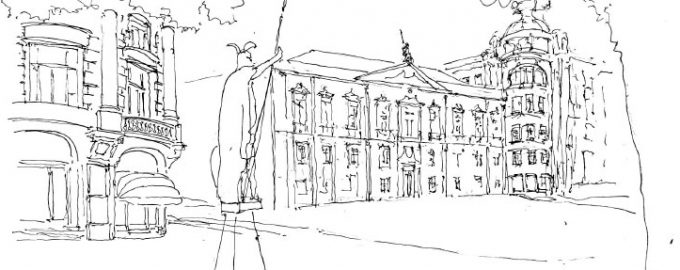
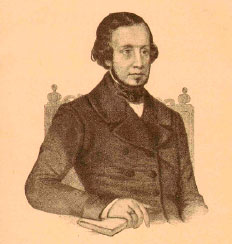
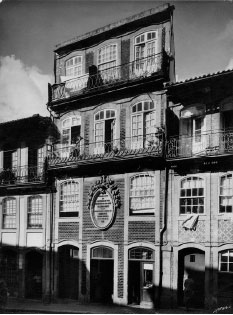
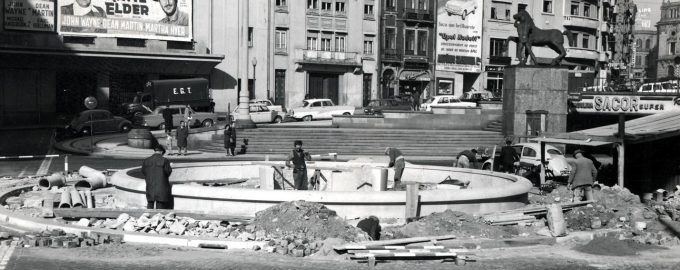
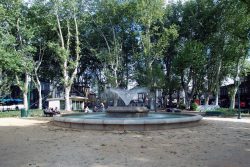 The fountain that is at the Jardim do Marquês already has a long history. It was placed here in 2006, after the construction work of the garden, but it literally lit up the Praça D. João I for decades.
The fountain that is at the Jardim do Marquês already has a long history. It was placed here in 2006, after the construction work of the garden, but it literally lit up the Praça D. João I for decades.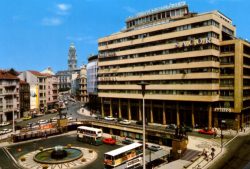 The Praça D. João I was only inaugurated in the 40s and with a very modern aura thanks to very tall buildings on its side that are still there to this day. At the time of its construction, one of them was the tallest building in the country. This new square, which served as a connection between the Rua Passos Manuel and the Avenida dos Aliados, built in a place where other buildings once existed, would come to receive outstanding decorative elements: the bronze sculptures “Os Corcéis” (The horses), which are still there, and the fonte luminosa, which has since moved location to the Marquês, despite having lost some of its original elements.
The Praça D. João I was only inaugurated in the 40s and with a very modern aura thanks to very tall buildings on its side that are still there to this day. At the time of its construction, one of them was the tallest building in the country. This new square, which served as a connection between the Rua Passos Manuel and the Avenida dos Aliados, built in a place where other buildings once existed, would come to receive outstanding decorative elements: the bronze sculptures “Os Corcéis” (The horses), which are still there, and the fonte luminosa, which has since moved location to the Marquês, despite having lost some of its original elements.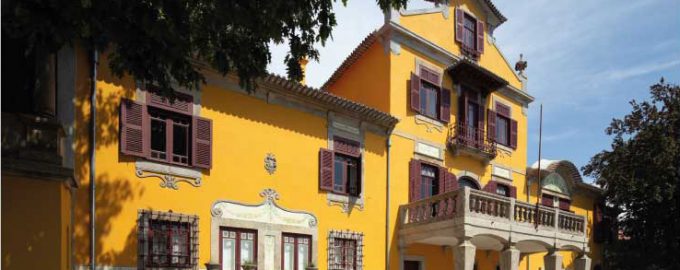
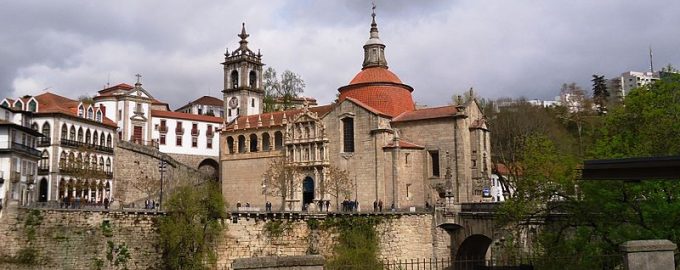
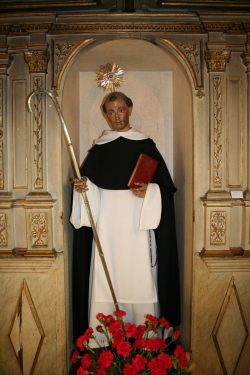 São Gonçalo de Amarante was born around 1190, in the parish of S. Salvador de Tagilde, in the municipality of Vizela, in a noble family (the Pereiras). Under the protection of the archbishop of the Archdiocese of Braga, Gonçalo attended ecclesiastical disciplines at the Cathedral School of the Archiepiscopal See, becoming ordained priest and appointed parish priest of the parish of S. Paio (or S. Pelagius) of Riba-Vizela. He first went on pilgrimage to Rome from where he went to Jerusalem, where he took 14 years, leaving the parishioners in the care of a nephew priest. Returning to Portugal, he is chased away by the same that through a plot would have been named like parish priest. Resigned, he leaves S. Paio de Riba-Vizela, joins the conventual life of the Order of Preachers, recently founded by S. Domingos, building a small chapel dedicated to Our Lady of the Assumption, on the banks of the River Tâmega. where today stands the São Gonçalo Church and Convent in Amarante. The process of beatification was promulgated on September 16, 1561. Devotion to the most popular saint of the Portuguese saints, after Saint Anthony of Lisbon, spread throughout Portugal and Brazil. In 1540 John III of Portugal and D. Catarina of Austria decided to build a new Dominican temple and convent on the site, under the invocation of Gonçalo de Amarante. The works began in 1543, extending to the eighteenth century, with interventions in the twentieth century.
São Gonçalo de Amarante was born around 1190, in the parish of S. Salvador de Tagilde, in the municipality of Vizela, in a noble family (the Pereiras). Under the protection of the archbishop of the Archdiocese of Braga, Gonçalo attended ecclesiastical disciplines at the Cathedral School of the Archiepiscopal See, becoming ordained priest and appointed parish priest of the parish of S. Paio (or S. Pelagius) of Riba-Vizela. He first went on pilgrimage to Rome from where he went to Jerusalem, where he took 14 years, leaving the parishioners in the care of a nephew priest. Returning to Portugal, he is chased away by the same that through a plot would have been named like parish priest. Resigned, he leaves S. Paio de Riba-Vizela, joins the conventual life of the Order of Preachers, recently founded by S. Domingos, building a small chapel dedicated to Our Lady of the Assumption, on the banks of the River Tâmega. where today stands the São Gonçalo Church and Convent in Amarante. The process of beatification was promulgated on September 16, 1561. Devotion to the most popular saint of the Portuguese saints, after Saint Anthony of Lisbon, spread throughout Portugal and Brazil. In 1540 John III of Portugal and D. Catarina of Austria decided to build a new Dominican temple and convent on the site, under the invocation of Gonçalo de Amarante. The works began in 1543, extending to the eighteenth century, with interventions in the twentieth century.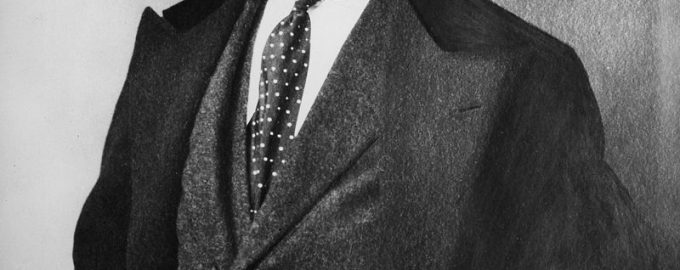
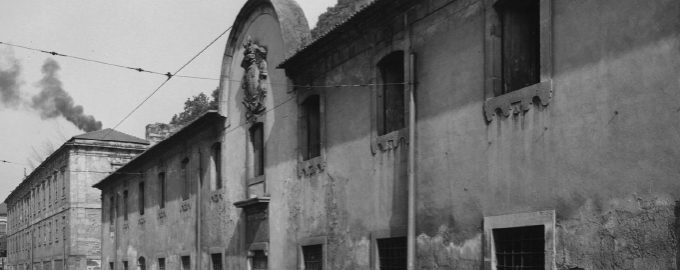
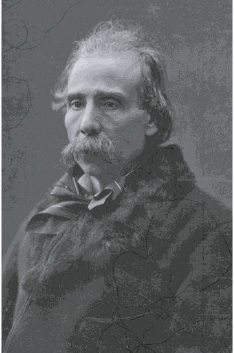 Amor de Perdição is a novel written by Camilo Castelo Branco, in 1862, which narrates the tragic story of young love. The tale, based on true facts, was written when Camilo was imprisoned and living a forbidden love himself.
Amor de Perdição is a novel written by Camilo Castelo Branco, in 1862, which narrates the tragic story of young love. The tale, based on true facts, was written when Camilo was imprisoned and living a forbidden love himself.
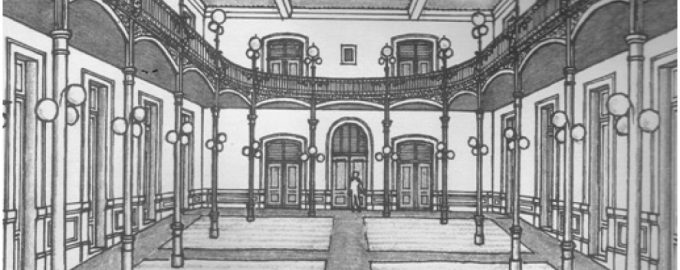
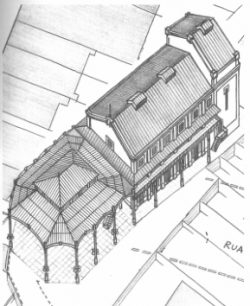 Few remember this movie theater, built at the beginning of the 20th century and demolished in the late 1940s to give way to the current Rua de Ceuta. The Apolo Terrasse came at a time when the cinema was gaining popularity.
Few remember this movie theater, built at the beginning of the 20th century and demolished in the late 1940s to give way to the current Rua de Ceuta. The Apolo Terrasse came at a time when the cinema was gaining popularity.